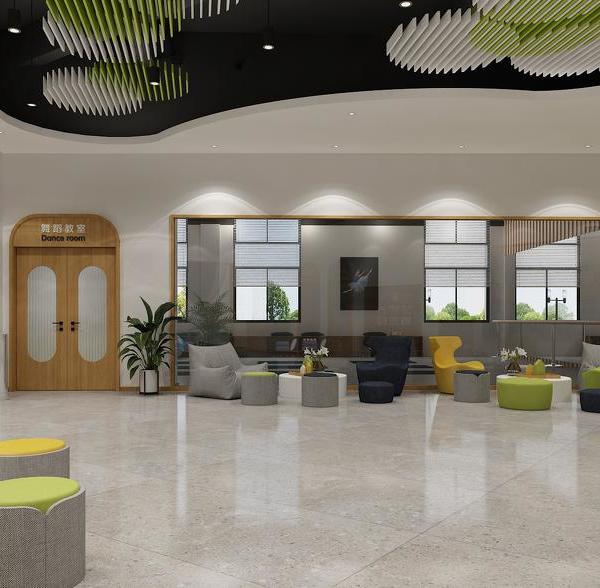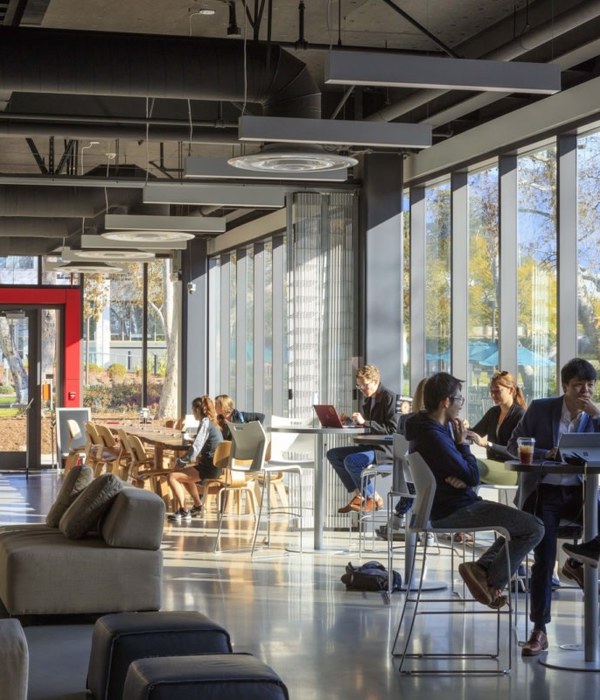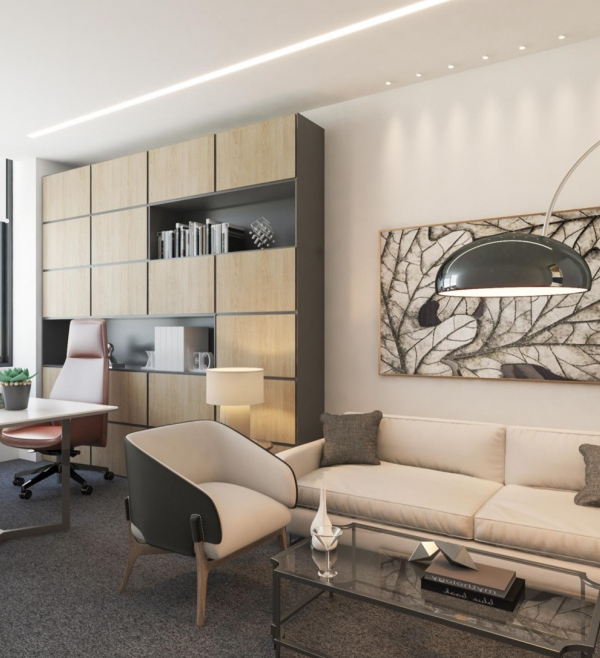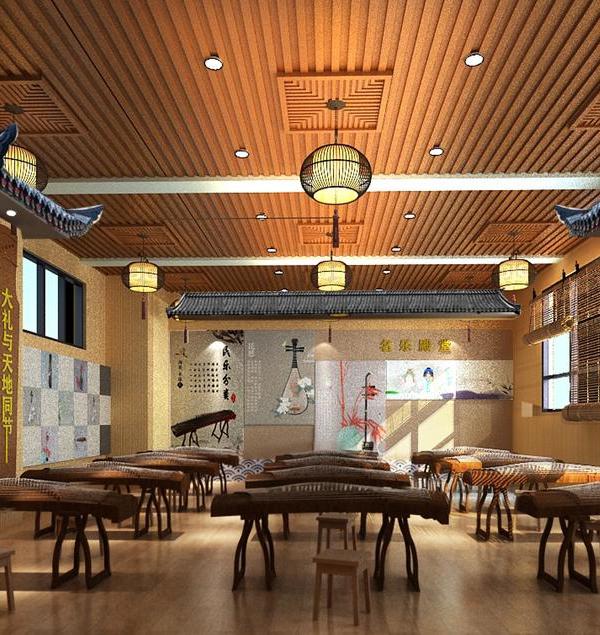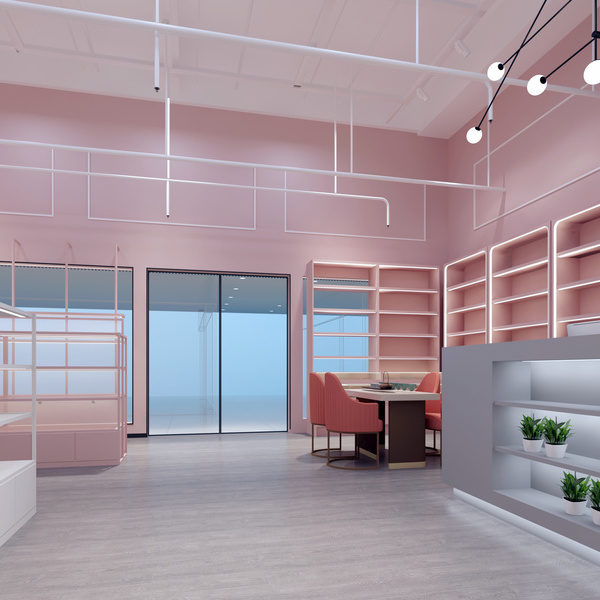Architects:Buro Happold,Cobe,Henning Larsen,SLA
Area:100000m²
Year:2022
Photographs:Rasmus Hjortshøj
Structural Engineering:Buro Happold
Landscape Architects:SLA Architects
Architecture:Henning Larsen, Cobe
Steel Manufacturer Target Building Roof:UPB
Steel Manufacturer – Experimental Halls And Target Building:Severfield Europe B.V.
General Contractor :Skanska
Facade Engineering:Buro Happold
City:Lund
Country:Sweden
Text description provided by the architects. In southern Sweden, the future of atomic science is under construction. ESS is a state-of-the-art multi-disciplinary research facility that will be open to scientists from all over the world. Almost like a giant microscope, ESS will allow scientists to look deep inside objects to see where the atoms are and what they are doing: A powerful ion source will beam protons the laboratory’s 600-meter main corridor at 96 percent of the speed of light, smashing loose neutrons as they collide with a solid tungsten target disc.
The design for the ESS emerges as a hybrid of aesthetic considerations and the exacting technical demands of cutting-edge atomic science. At its center is the Science Village, where science and the wider world collide – By integrating an open campus into the plan, the ESS becomes a social destination, inviting the larger community to take an interest in cutting-edge science. Developed and operated by a multinational European scientific coalition, the 74.2-hectare ESS site includes two core research facilities, a visitor’s center, and a mixed-use residential and commercial neighborhood. The ESS delivers high-level research facilities in elegant, sustainable form – A future vision of architectural and scientific crossroads.
Unlike other neutron-based research facilities across Europe, ESS is not based on nuclear reactors. Instead, scientists and engineers have developed a new generation of neutron sources based on particle accelerators and spallation technology, a much more efficient approach. In fact, ESS will provide up to 100 times brighter neutron beams than currently available at existing facilities.
By studying these isolated neutrons, ESS researchers develop a deeper understanding of molecular structures that determine the material properties of our world. This can help them design new materials, which could for instance lead to better batteries or stronger engineering materials. Or it could help life science researchers develop new vaccines or more effective medicines. With the help of neutrons, scientists will be able to understand materials and matter at a deeper level than ever before.
Project gallery
Project location
Address:Lund, Sweden
{{item.text_origin}}

